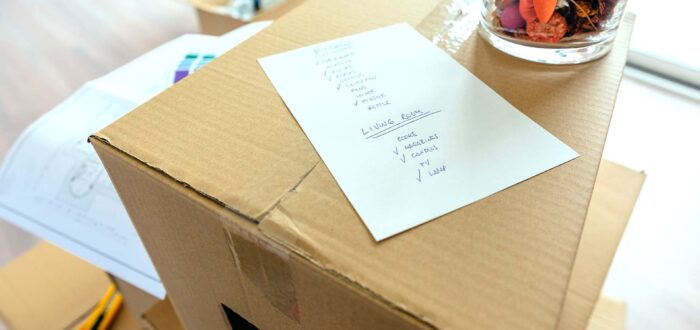

Best Tips and Tricks for Packaging Fragile Items Safely
Posted in Moving Tips & Tricks on July 5, 2020
Whether you are moving locally or long-distance, when packing your household items, doing all you can to ensure they arrive undamaged to your new home is paramount. This process requires time, patience, and adequate tools and materials. And if you’re dealing with packaging fragile items, arm yourself with additional perseverance, stock on packing supplies, and of course, get to know the right methods and techniques.
The delicate things on your household inventory list can come in various shapes and sizes, and they can hold particular financial or sentimental value. You should handle them carefully and have all the necessary equipment nearby. If you find this process too challenging to do it yourself, professional packing services are always a good choice. Placing your expensive crystal chandelier into a crate should be entrusted to experts, but wrapping a vase or a lamp shouldn’t be too demanding for you. Of course, if you know how to pack fragile items properly.
That is why we’ve put together some long-distance moving tips and tricks on how to carry out the packaging of the most sensitive objects, and usually, the most valuable pieces, without a scratch or a dent.
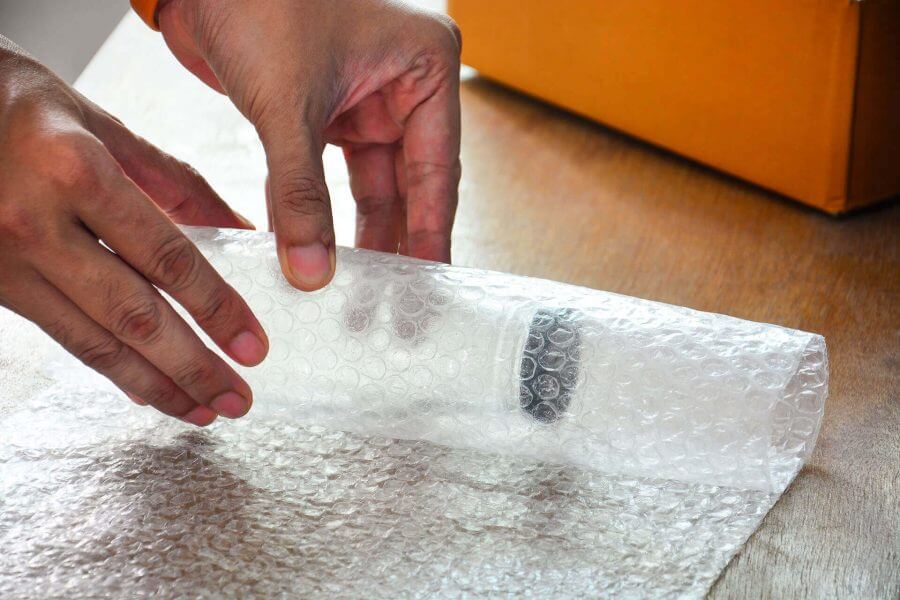
Obtain Enough Packing Supplies for Packaging Fragile Items
When you start to pack breakable and delicate items, you should know that this task will be impossible without plenty of appropriate materials. You should pick proper supplies depending on the type of belongings, their number, and shape. Handling glasses, decanters, plates, or vases requires different methods, but one thing is sure – you’ll need all of the following:
- Packing paper
- Sturdy cardboard
- Durable boxes
- Bubble wrap
- Packing peanuts
- Foam sheets
- Tape
One more word of advice – don’t handle fragile things on your table. It’s much safer to do it on the floor. Safety should be your primary goal when performing such demanding activities. Of course, if you don’t want to risk it, you can always contact professionals who will provide you with the best packing services, including necessary supplies and other moving essentials.
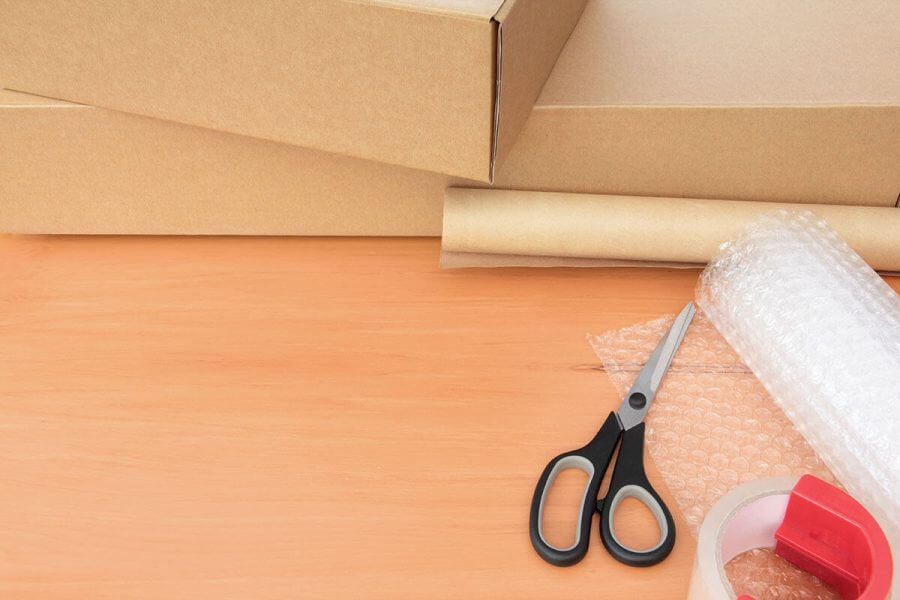
Each Box Should Be Durable and Have a Label
Perhaps one of the basic materials you’ll need to pack glasses and other easily breakable belongings is an adequate box. You shouldn’t pick just any box – it has to be sturdy and durable. Otherwise, you run the risk of the package bursting open at some point of the move. The last thing you want to see after an exhausting relocation are plates and glasses shattered to pieces and then having to add them to the new apartment checklist. We’ve compiled a list of the essential box-related tips you should have in mind before handling your breakables:
- Don’t use two thin boxes instead of one thicker – look for heavy-duty, high-quality materials
- Don’t overpack – the box or your moving service providers might not handle the weight
- Don’t use old cardboard boxes – they become flimsy over time
- Don’t use low-quality tape when sealing the box – only duct tape will do a proper job
- Don’t forget appropriate labels – all sides of the package should be labeled “Fragile” or “Breakable”
Consider Dish Pack Boxes
Dish boxes can be used for your pots and pans, but you can also rely on them for different delicate things. This box, with its double extra-thick walls, is an excellent option for glasses, vases, dishes, and other sensitive objects. For added safety of your china or glassware, you can use a cell pack separator. These individual compartments will make sure your items don’t bump into each other during transport. For the same reason, make sure you know how to pack a moving truck.
Don’t rush when packing plates. Keep this handy tip in mind: use small to medium boxes with white sheets on the bottom, the walls, and the top. The plates should be wrapped in padding, secured with tape, and positioned vertically with pieces of paper or cardboard between them. And let’s emphasize it one more time – do not overpack.
Pack That China You Like so Much in a Quality Cardboard Box
The only type of cardboard box you should use for your favorite porcelain set is the corrugated one. Thin cardboard breaks easily, especially if it’s worn out. The design of the corrugated cardboard ensures the material can carry a lot of weight and, knowing how heavy glasses and plates can be if stacked together, it’s needless to say that this should be your first choice.
So, what are the advantages of corrugated cardboard boxes compared to other types of cardboard? There are several, and we’ve highlighted a few of the most important ones:
- Corrugated carton provides a stable cushion, keeping the contents safe during transportation, shipping, and handling;
- It is incredibly customizable – it comes in all sizes and levels of thickness and can be easily wrapped into different shapes to ensure a perfect fit
- These cartons are some of the least expensive ones available, which is great if your moving budget is limited.

Bubble Wrap Is the Alpha and Omega of the Packing Process
Bubble wrap is a fast and simple way to keep your delicate things safe during transport or in the storage unit. After wrapping your pieces, you can rest assured that you properly packed them, and you shouldn’t worry about a thing. Of course, this padding material is not recommended for all kinds of things – it has its limitations, and you should get familiar with them before starting to pack.
Don’t Use Bubble Wrap for Heavy and Fragile Items
The positive features of proper cushioning come to the fore when it comes to the protection of glass materials or paintings. The bubbles form a cushion around the object, which protects it from shocks and vibrations on the road. If bubbles burst, they become useless. Heavy things put a lot of pressure on the wrap, thus forcing the air out of the bubbles. This is why bubble wrap should only be used for lighter objects.
Know the Difference Between Smaller and Larger Bubbles When Choosing the Appropriate Cushioning
Bubble wrap comes in different sizes. We all know how fun and addictive it can be popping these bubbles, and how irritating, on the other hand, it is when some of them are so strong that they won’t pop easily. That’s precisely the purpose of various sizes – smaller bubbles have greater flexibility, while larger ones are stronger and provide larger air pockets around the item.
Therefore, large bubbles are ideal for wrapping larger objects or those that can be broken easily. They can also be an excellent padding material when there’s empty space inside a container. As you can assume, smaller bubbles are used for lightweight objects that are a bit durable and stronger.
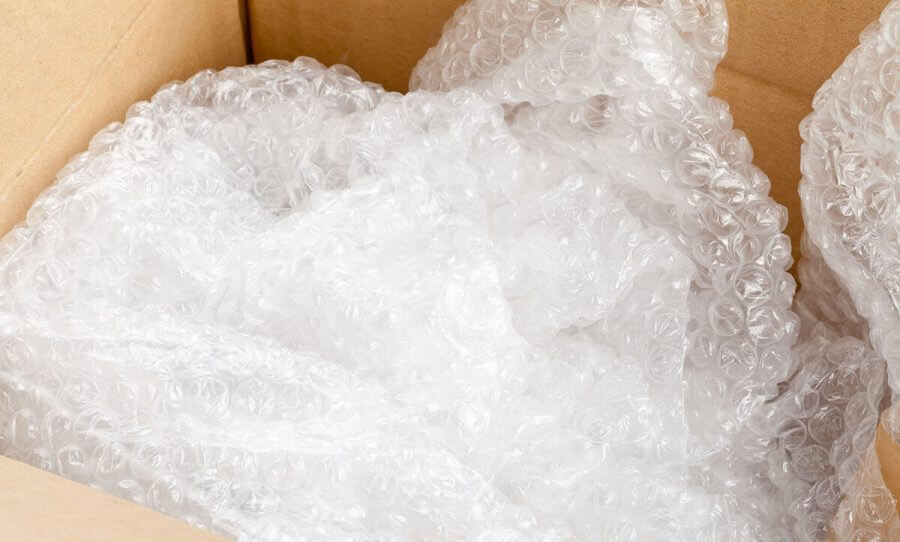
Packing Paper as the First Choice When It Comes to Preparing Stuff for Transport
Packing paper is an excellent material that can be used for wrapping, cushioning, or stuffing. When it comes to packaging glasses and other delicate objects, the paper should be layered on the bottom of all boxes. It will reinforce the package and provide padding for your breakables. Also, packing sheets are an unavoidable method of protection for hollow objects, such as bowls, vases, and jars. Stuffing them with paper is one of our favorite moving hacks and the safest way to avoid damage.
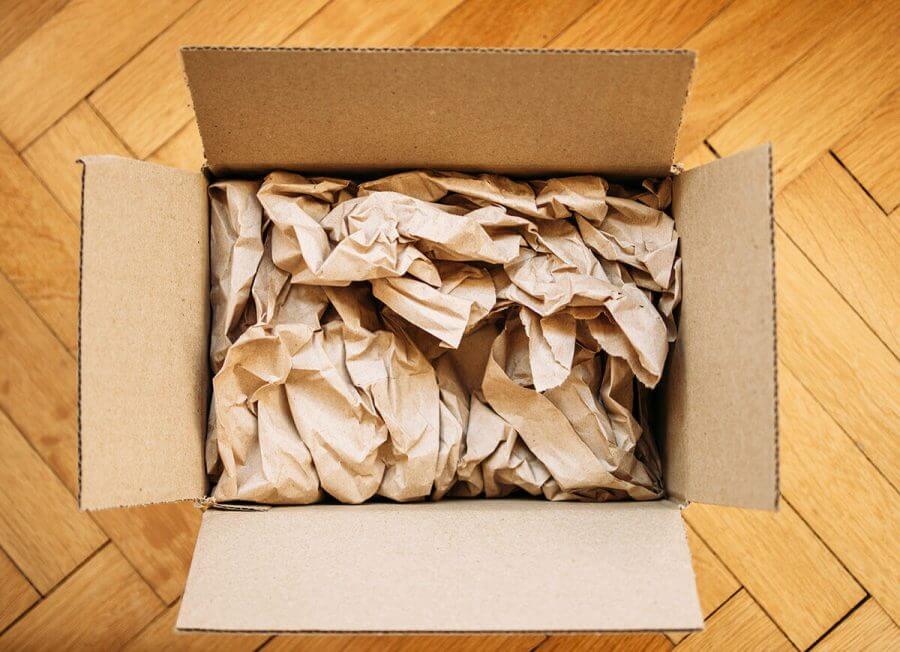
With Foam Sheets, You’ll Ensure Safe Shipping of Your Large, Fragile Items
If you are wondering about the most reliable method to store your electronics, for instance, then you should know that foam sheets are designed to protect such objects. Maybe you are not sure why you should purchase foam when you already have bubble wrap, but there is a difference.
Instead of poppable bubbles, foam sheets are filled with thousands of pint-sized air cells, and that makes them thinner. You can fold objects and stack them, which provides more space in a package for more pieces. One more advantage is the added thermal insulation – foam protects belongings that are temperature-sensitive, such as electronics.
Consider using pre-cut foam sheets, which have proven to be excellent protection if you store objects together, such as when packing dishes. Instead of wrapping each one separately, you can quickly and efficiently stack pieces with sheets between them and save yourself some time.
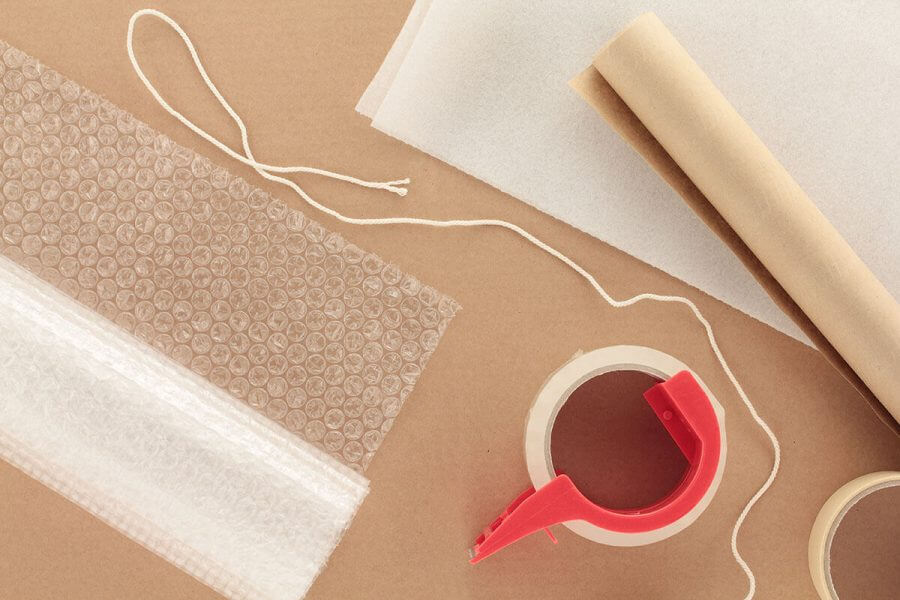
How to Pack Oddly Shaped Objects
When packaging fragile objects, people usually have a dilemma on how to pack sensitive, oddly-shaped objects. They require special attention and need to be packed properly – that’s the only way to have a stress-free moving experience place them in one piece on your shelves in one piece after moving. If you don’t want to ruin your dearest souvenir, such as a vase from a Greek island, you should follow these steps and ensure your peace of mind during transport:
- Wrap it entirely in a padding material
- Secure it with tape
- Use pliable cut cardboard – place the object on one piece of it
- Cover the item with another part of the cardboard
- Bend the ends and tape them together
- Secure the entire object with tape
- Place the item in a box lined with padding – it should be just a bit larger than the object itself
- Fill the remaining gaps with crumpled paper
- Tape the package securely and label it as “Fragile”




